Nugget00
TPF Noob!
- Joined
- May 26, 2016
- Messages
- 5
- Reaction score
- 0
- Can others edit my Photos
- Photos OK to edit
Hi.
I'm new in photography and I don't have a professional camera, so I'm using my phone for taking photos. I watched a lot of tutorials for start, but I was wondering if anyone of you could help me with starting. I know the basics, like using HDR, when to set ISO to smaller ot higher etc.
So, if you have any tips for start I would like to hear them.
I'm new in photography and I don't have a professional camera, so I'm using my phone for taking photos. I watched a lot of tutorials for start, but I was wondering if anyone of you could help me with starting. I know the basics, like using HDR, when to set ISO to smaller ot higher etc.
So, if you have any tips for start I would like to hear them.


![[No title]](/data/xfmg/thumbnail/38/38294-cb4a5aa0ded725d4c694e6eebe276f0d.jpg?1619738564)
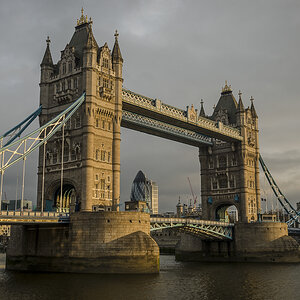
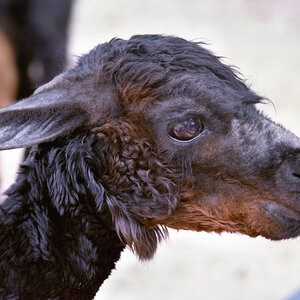
![[No title]](/data/xfmg/thumbnail/32/32165-6bb394c486dda7ec16d8fee786f03151.jpg?1619735234)
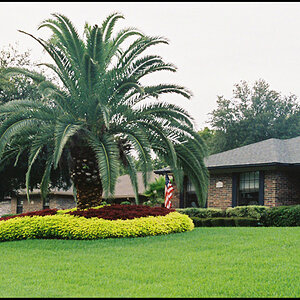
![[No title]](/data/xfmg/thumbnail/41/41889-81d59d4994c91e71aaf805b05b133966.jpg?1619739933)
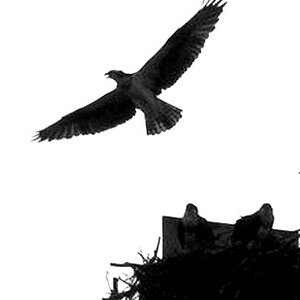
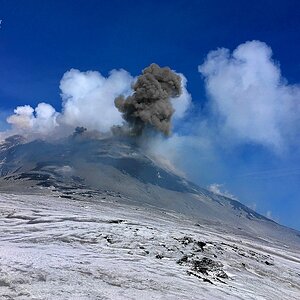
![[No title]](/data/xfmg/thumbnail/41/41933-d5af292b78e4b91211e86e0f3205eda8.jpg?1619739946)
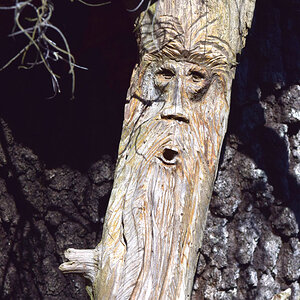
![[No title]](/data/xfmg/thumbnail/37/37632-06d8ff7f84d84f6ac01249ce8885d896.jpg?1619738156)
